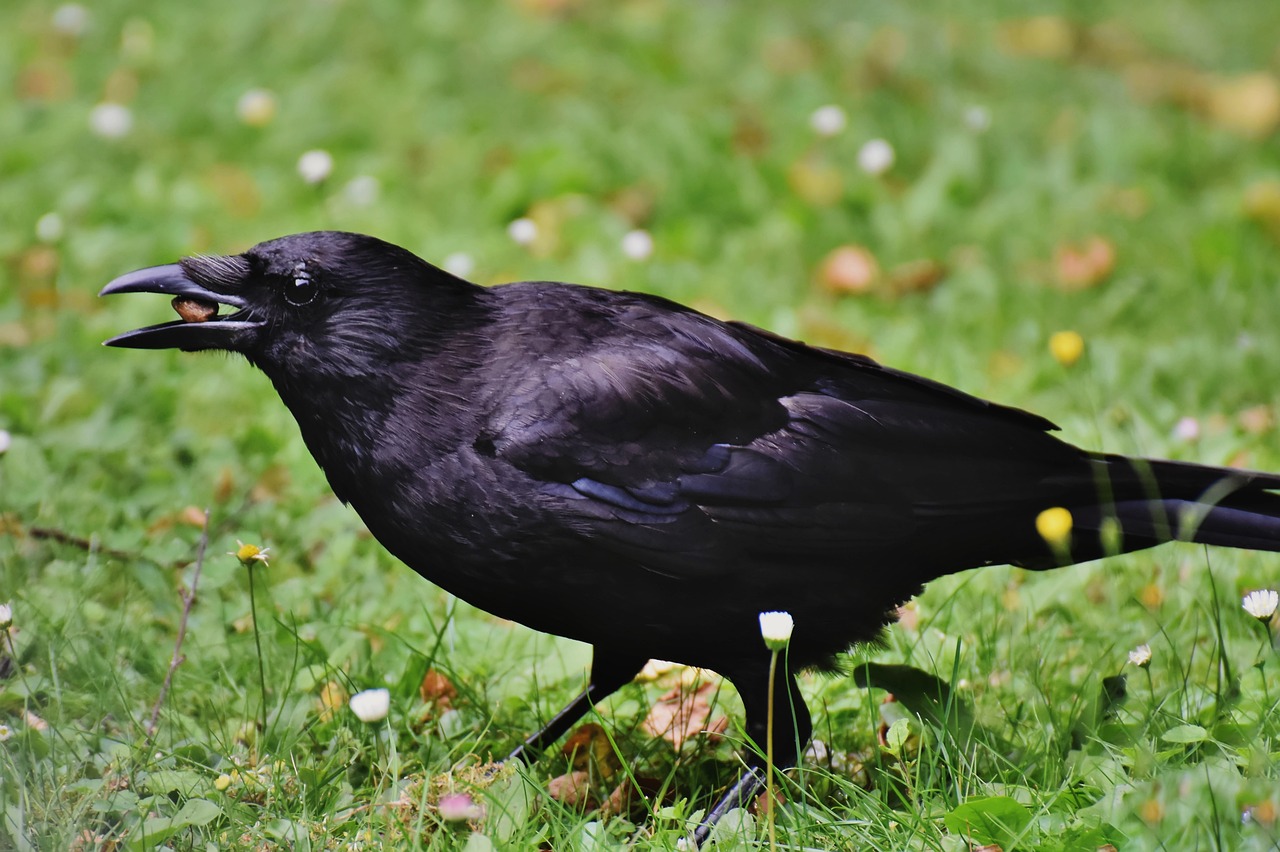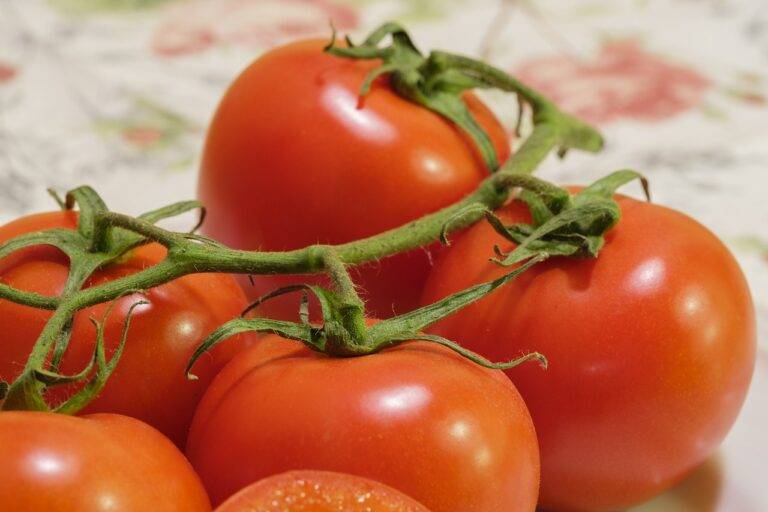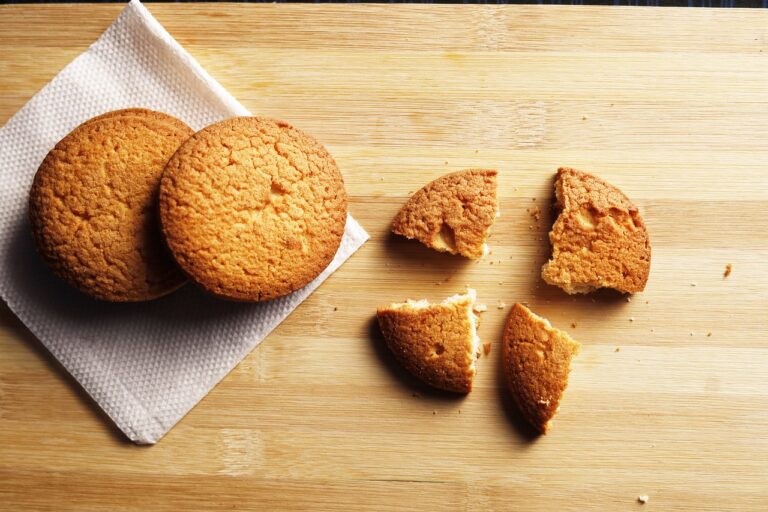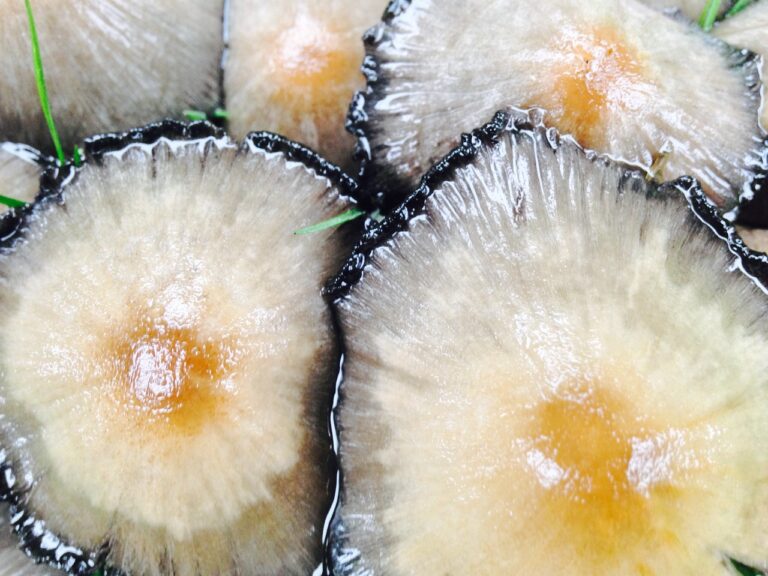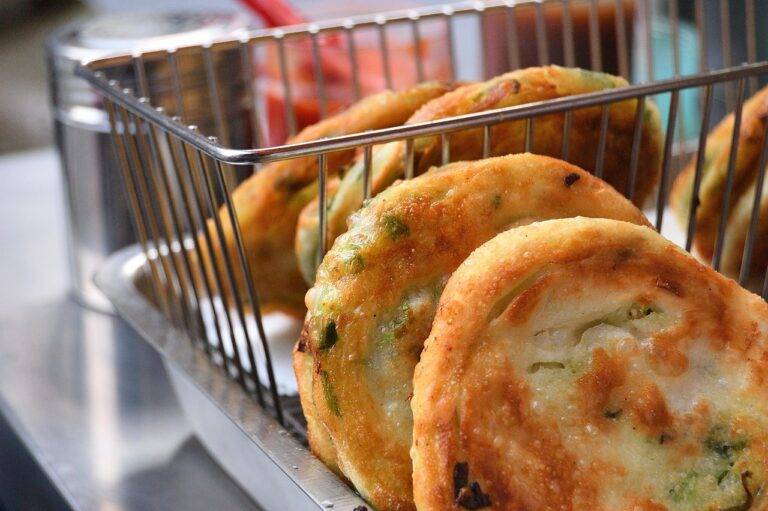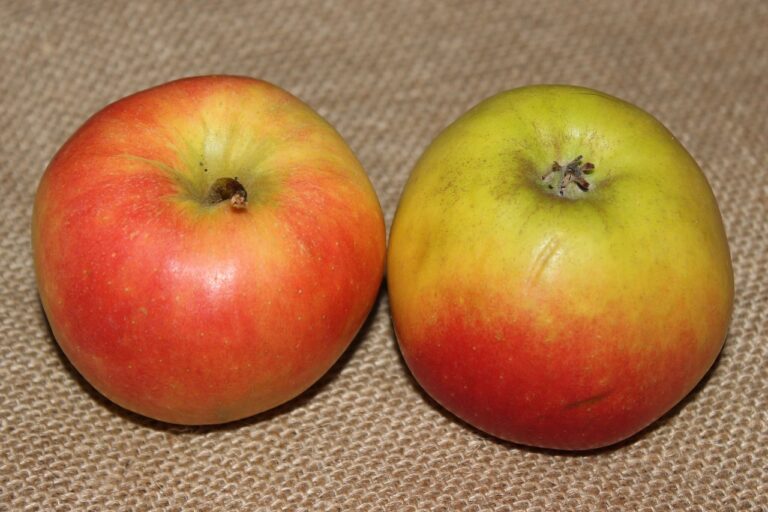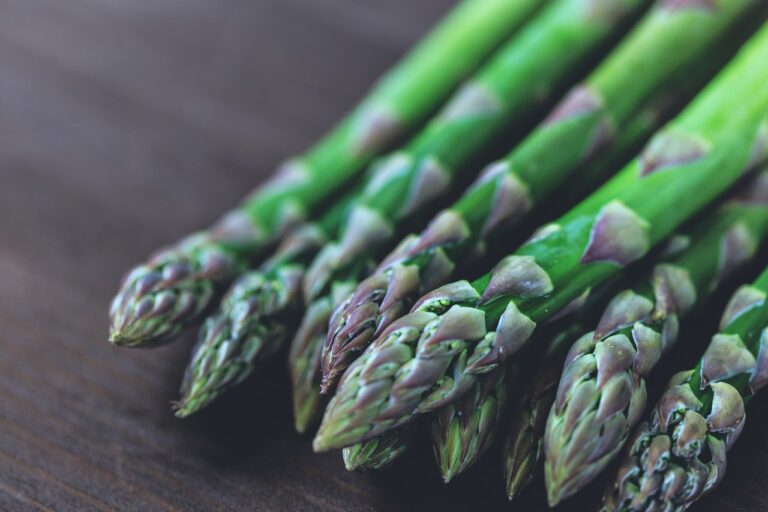The Art of Food Photography: Building a Culinary Brand
When it comes to food photography, one common mistake is using harsh overhead lighting. This type of lighting can create unflattering shadows and wash out the colors of the food, resulting in unappetizing photos. It’s important to use soft, diffused lighting to showcase the textures and colors of the dishes in a more appealing way.
Another mistake many food photographers make is overcomplicating the composition of the shot. While it’s tempting to add multiple elements to the frame, cluttering the photo with unnecessary props or distractions can take away from the main focus – the food itself. Keeping the composition simple and clean will help highlight the beauty and deliciousness of the dish.
• Overhead lighting can create unflattering shadows and wash out colors
• Soft, diffused lighting is important to showcase textures and colors effectively
• Avoid overcomplicating the composition of the shot
• Cluttering the photo with unnecessary props or distractions can take away from the main focus
• Keeping the composition simple and clean will highlight the beauty and deliciousness of the dish
Importance of Lighting in Food Photography
Achieving the perfect lighting in food photography is crucial for capturing the deliciousness and beauty of the dishes. Natural light is often preferred by photographers as it provides a soft, flattering illumination that enhances the colors and textures of the food. When using artificial light sources, such as studio lights or LED panels, it’s essential to adjust the intensity and direction to avoid harsh shadows or overexposure.
The angle of the light also plays a significant role in the overall look of the photograph. Side lighting can create depth and highlights the textures of the food, while backlighting can add a warm, inviting glow to the image. Experimenting with different lighting setups and angles can help you find the perfect balance that showcases the food in its best light.
Choosing the Right Props for Food Photography
When selecting props for food photography, it is essential to ensure that they complement the dish without overpowering it. Props should enhance the overall aesthetic and story behind the food being photographed. Opt for props that have a similar tone and style to the dish to maintain visual harmony in the composition.
Consider the size and scale of the props in relation to the food. Overly large or distracting props can take away from the main focus of the image, which should be the dish itself. Keep props simple and minimalistic to create a clean and sophisticated look that allows the food to take center stage in the photograph.
What are some common mistakes to avoid in food photography?
Some common mistakes to avoid in food photography include using harsh lighting, cluttered backgrounds, and over-editing the images.
Why is lighting important in food photography?
Lighting is crucial in food photography as it can make or break the photo. Proper lighting can enhance the colors and textures of the food, while poor lighting can make the dish appear unappetizing.
How do I choose the right props for food photography?
When choosing props for food photography, consider the style and theme of the dish. Opt for props that complement the colors and textures of the food, and avoid using props that are distracting or take away from the main subject.

